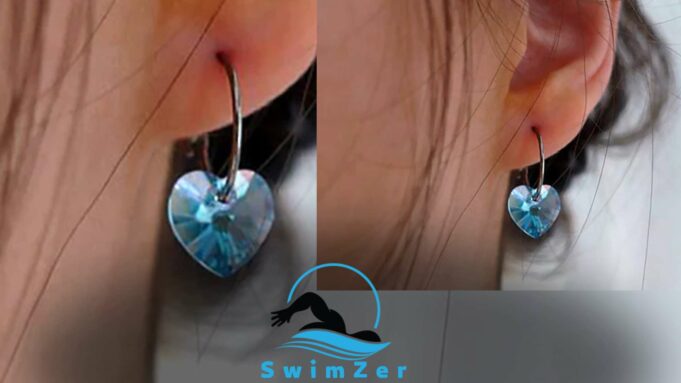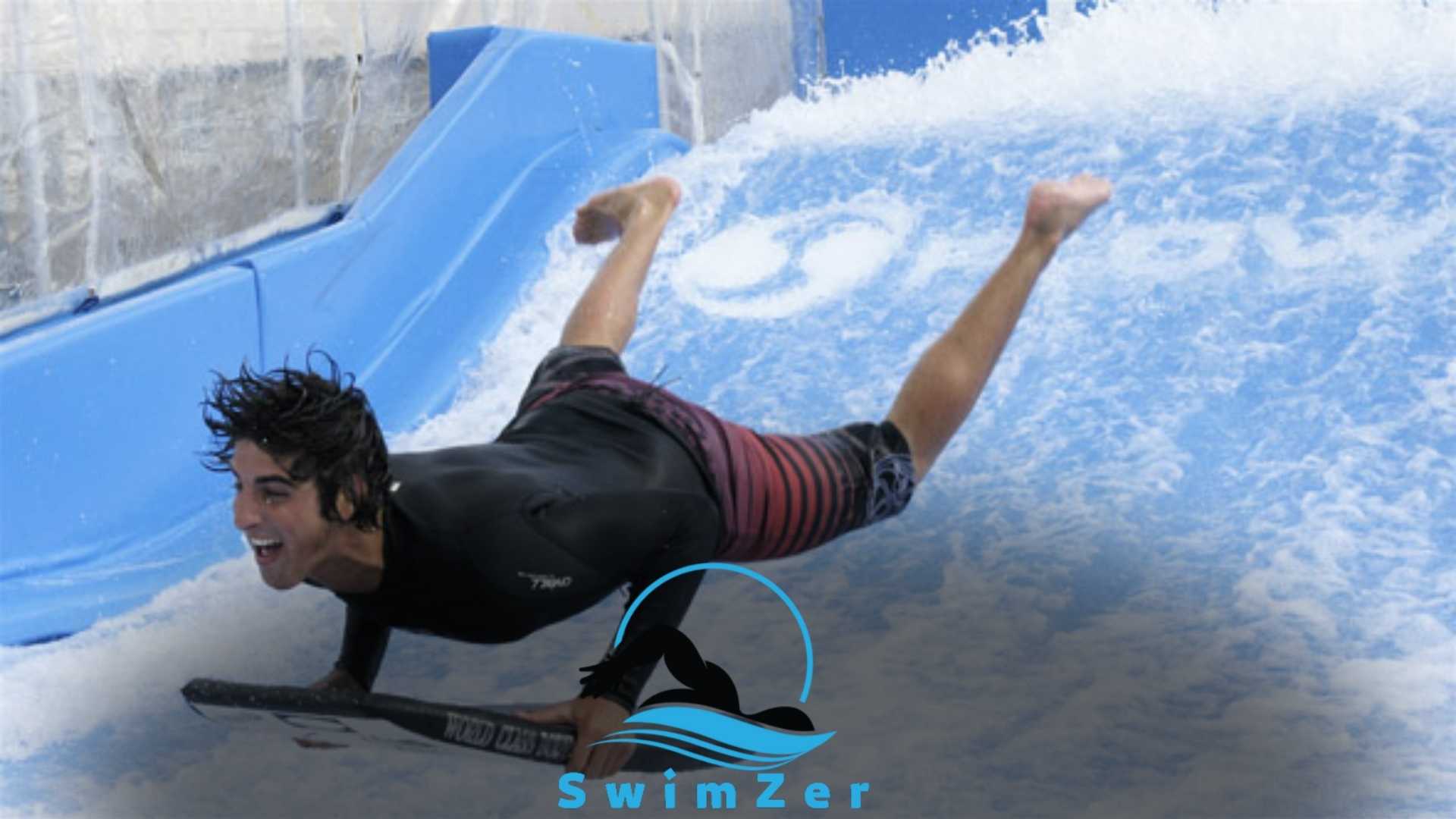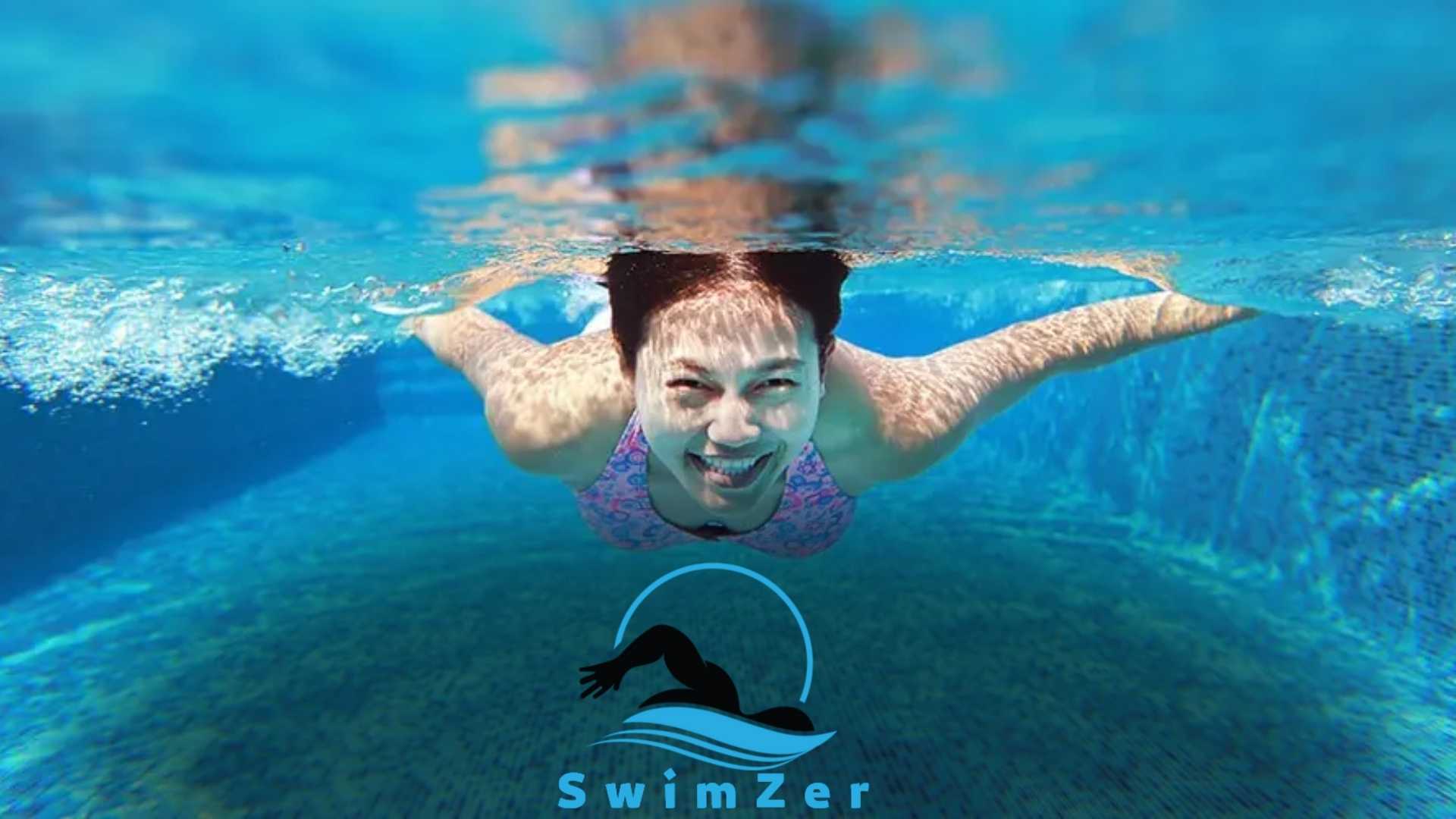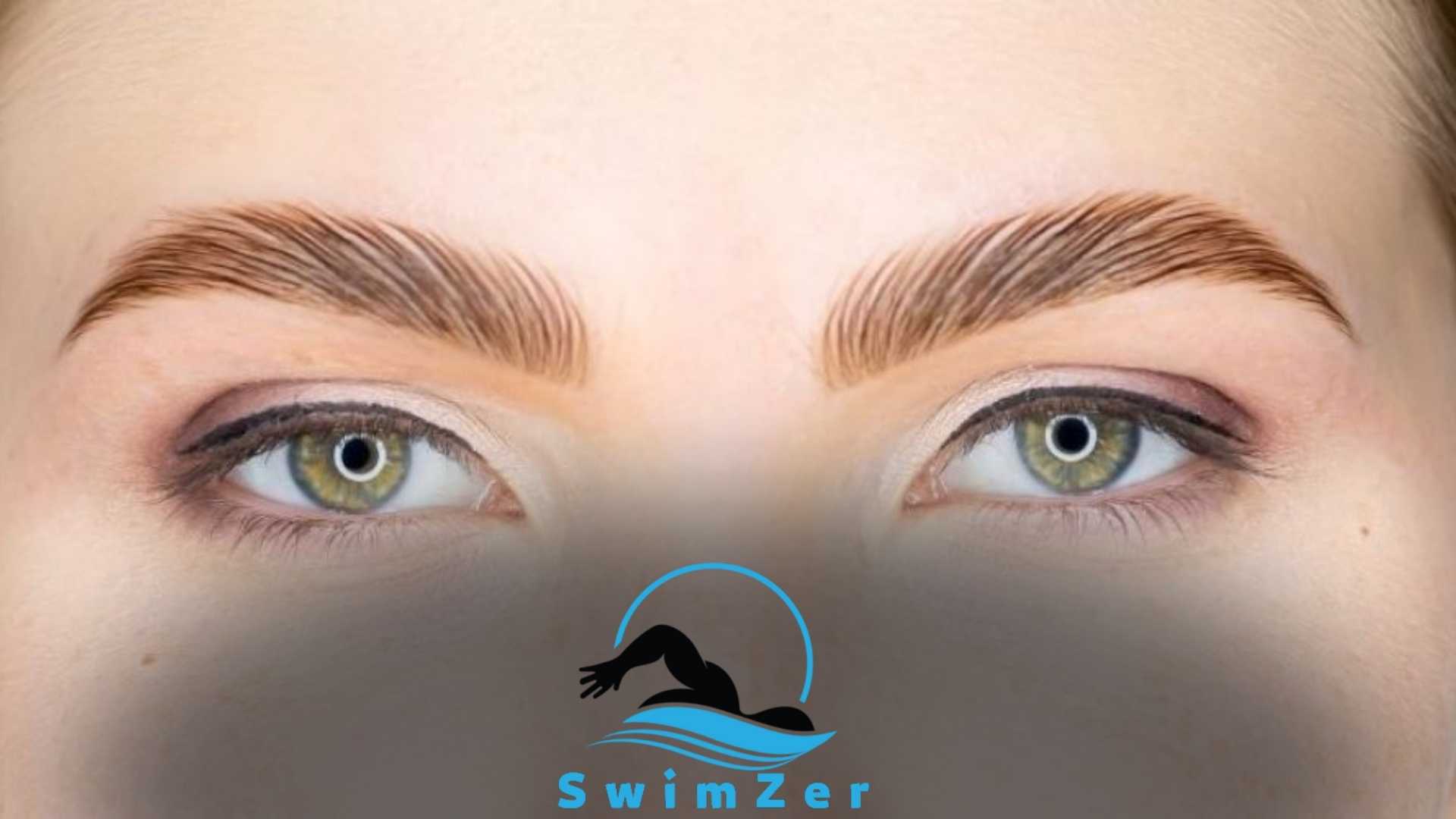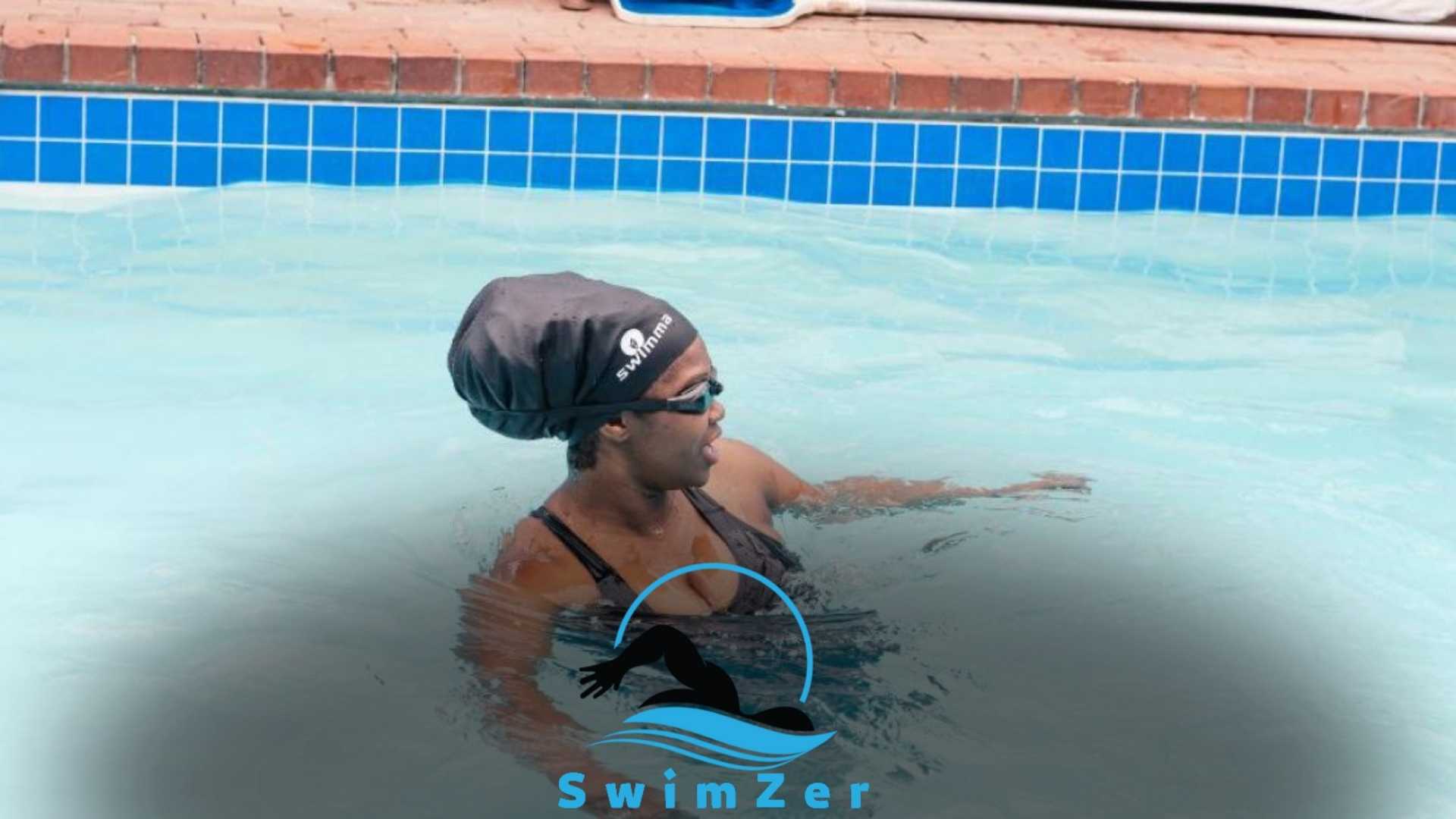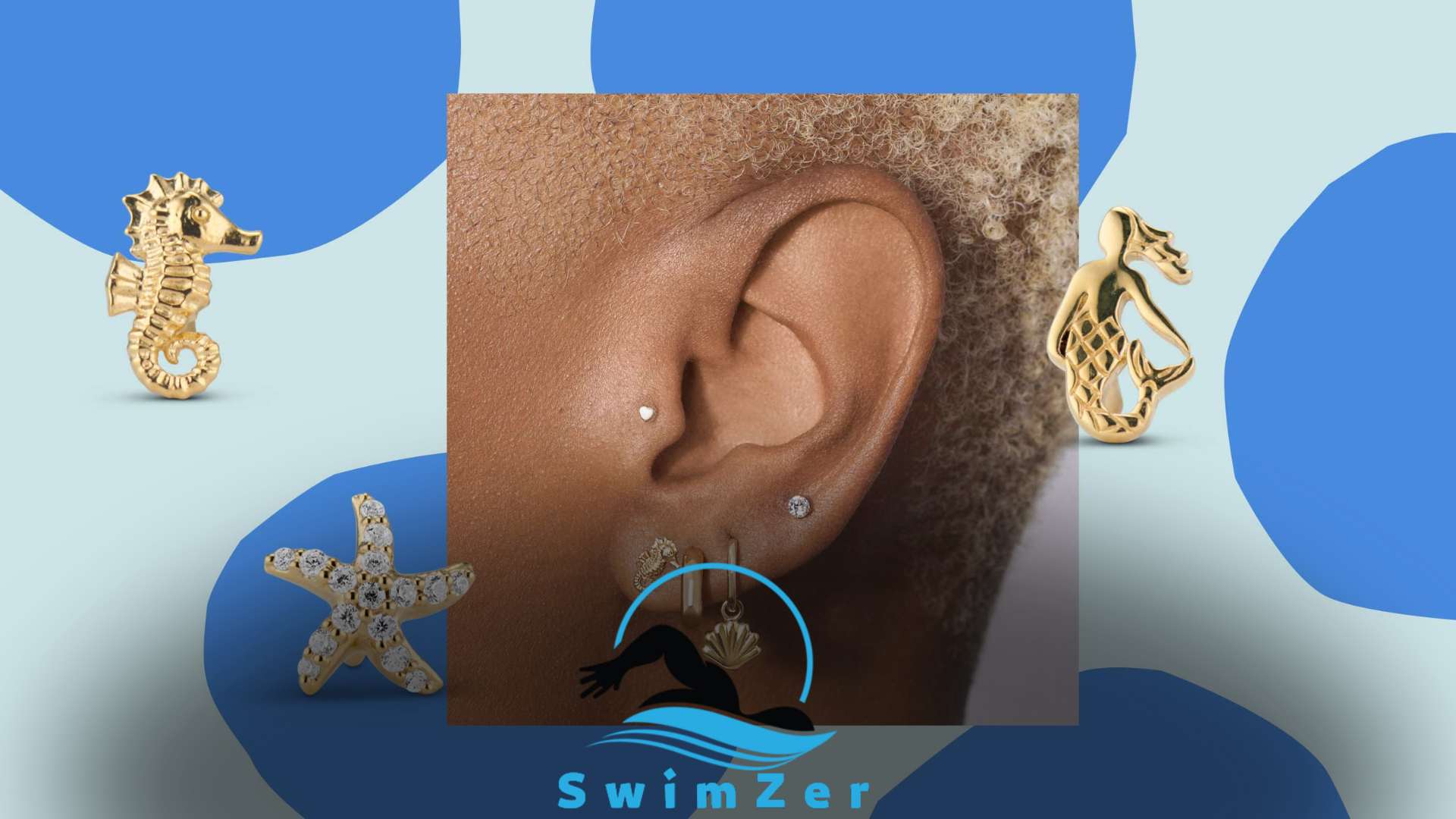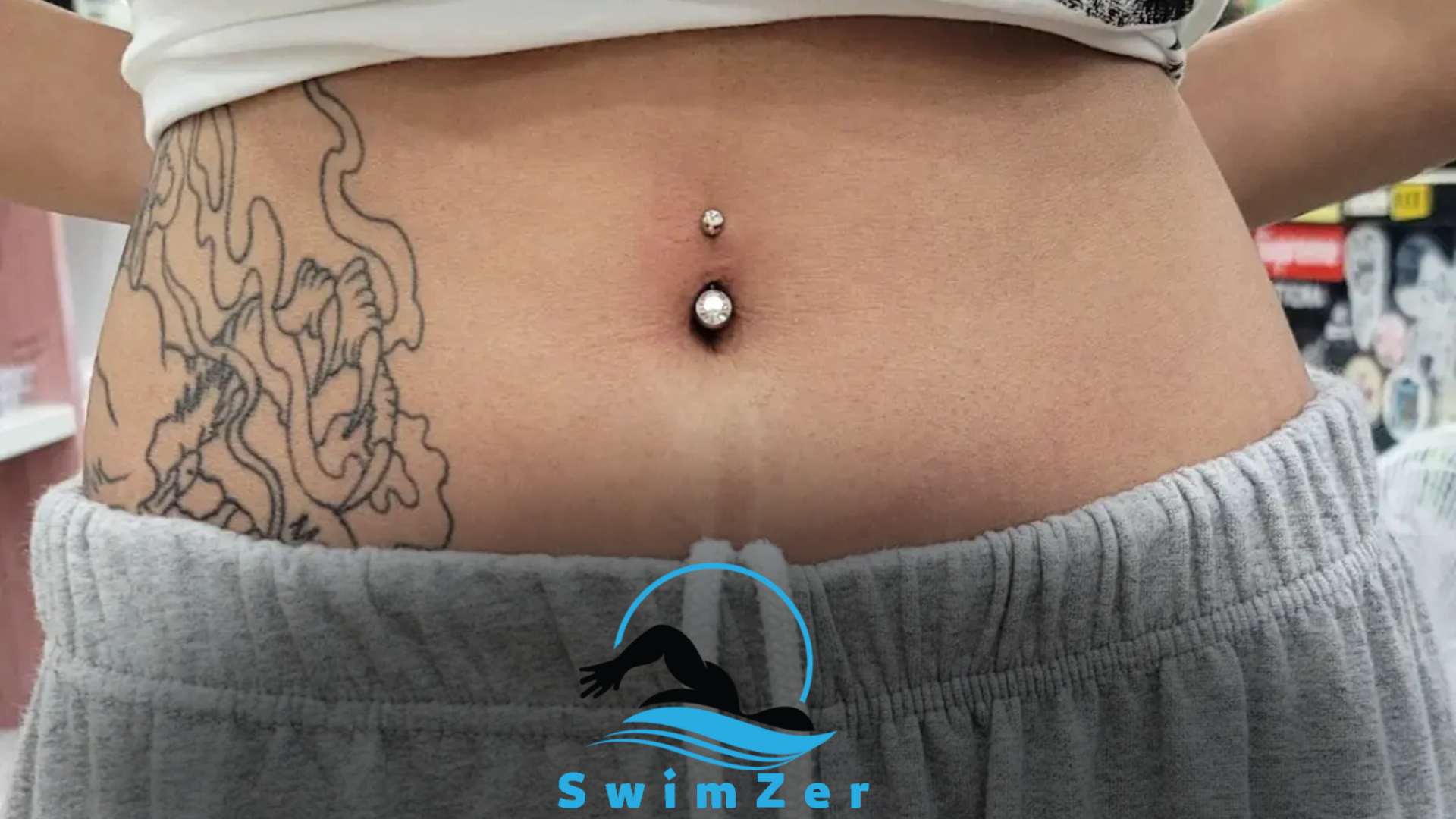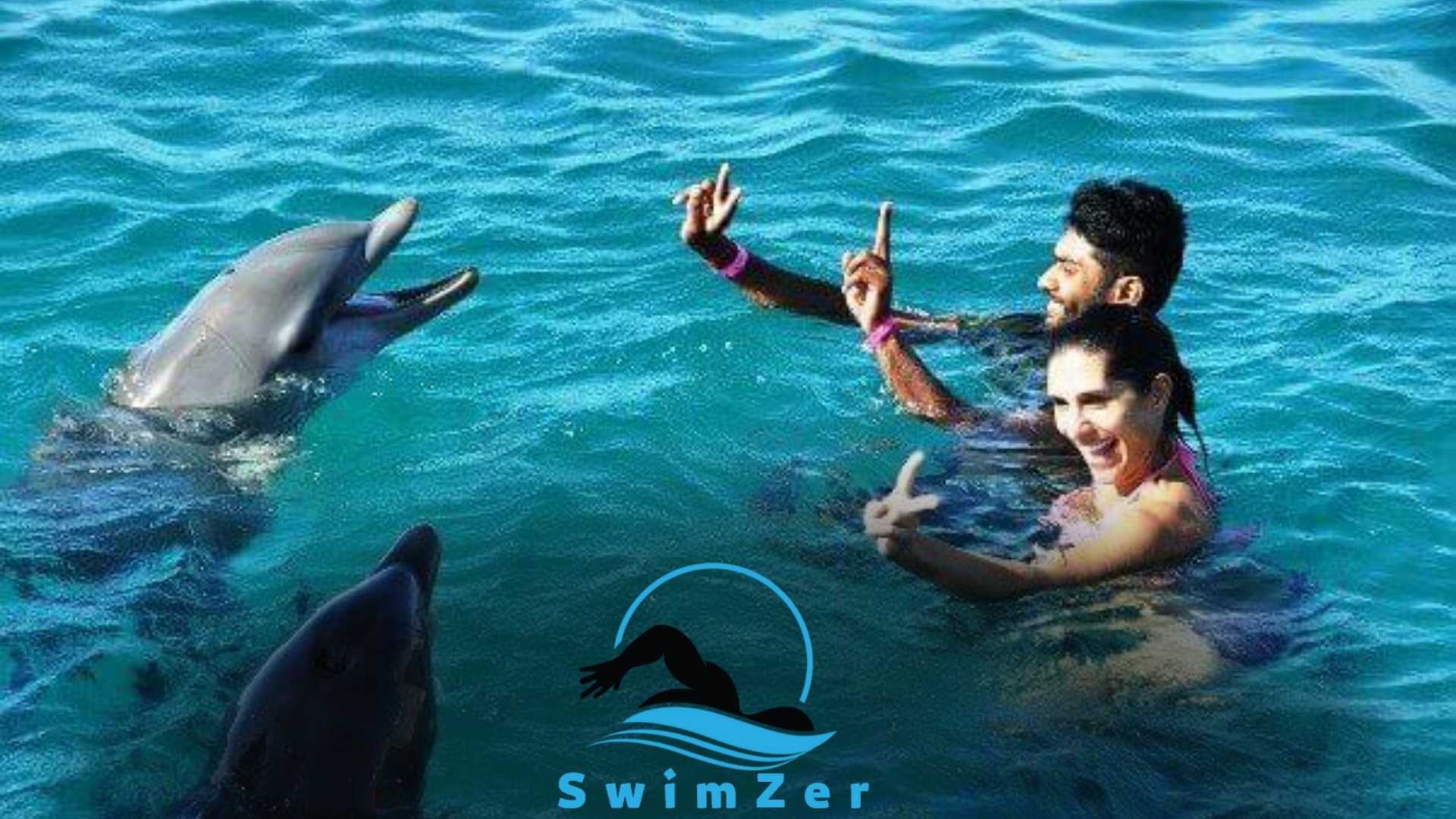After ear piercing, it is best to avoid swimming for at least 24 hours to minimize the risk of infection. Swimming in pools, lakes, or oceans can introduce bacteria and organisms that could lead to an infection in the newly pierced ear.
It is important to prioritize the healing process and keep the area clean, dry, and protected during the initial stages.
After the initial 24 hours, consulting with a professional piercer or healthcare provider regarding swimming and water activities is recommended to ensure proper care and prevention of any complications.
Always follow their advice and guidelines to promote a healthy healing process.
Risks Associated With Swimming After Ear Piercing
Swimming after getting your ears pierced can pose risks, including potential complications and infections. The irritation from chlorinated water may slow down the healing process, leading to an extended healing time.
Moreover, swimming in unclean water can introduce bacteria and other pathogens, increasing the risk of infection.
These infections can cause redness, swelling, and discharge at the piercing site. Additionally, the impact of swimming on the integrity of the piercing should also be considered.
The pressure and movement of the water can strain the fresh piercing, potentially leading to traumatized tissue or even complete loss of the piercing.
It’s important to follow the aftercare instructions provided by the piercer and wait until the healing process is complete before swimming to avoid complications.
Like ear piercings, belly button piercings require a healing period before swimming. Discover the guidelines for swimming 3 months after a belly button piercing to ensure proper care.
Tips for Safe Swimming After Ear Piercing
Swimming after getting an ear piercing can be done safely by following some important tips. Firstly, it is crucial to adhere to the aftercare guidelines the piercer provides to ensure proper healing.
Additionally, avoiding swimming in public pools or hot tubs is advisable, as they can expose the piercing to bacteria.
Waterproof ear protection, such as earplugs or swim caps, can also prevent any water from coming into contact with the piercings. After swimming, thoroughly rinse the ears with clean water to remove any chlorine or salt residue.
Finally, gently pat dry the piercings to avoid irritation. By following these guidelines, you can enjoy swimming without compromising the healing process of your ear piercings.
Alternative Water Activities to Consider
Swimming right after getting your ears pierced may not be the best idea, but there are plenty of alternative water activities to enjoy.
If you want to stay in the water without fully submerging your head, options like water skiing, stand-up paddleboarding, and kayaking are great.
You can also try non-submerging water exercises and workouts, such as aquatic aerobics or water therapy sessions. Water-weight training can provide a challenging workout if you’re looking for something more intense.
These activities allow you to enjoy the water while being mindful of your newly pierced ears.
So, don’t worry about missing out on the fun – just explore these exciting alternatives!
While ear piercings have their own challenges, devices like hearing aids require additional care in water. Learn about the essential tips for swimming with hearing aids to protect your device.
Frequently Asked Questions
Can You Swim After Ear Piercing?
Yes, you can swim after ear piercing, but waiting until the piercing is fully healed is recommended.
How Long After Ear Piercing Can You Swim?
Wait 4 to 6 weeks after getting your ears pierced before swimming to prevent infection.
Can Swimming Affect a Fresh Ear Piercing?
Swimming in pools or other bodies of water can introduce bacteria and irritants, which may cause infections or slower healing.
What Precautions Should I Take Before Swimming With a Fresh Ear Piercing?
Before swimming, apply a waterproof bandage or use ear plugs to protect your piercing from water and bacteria.
What Are the Signs of Infection After Swimming With a New Ear Piercing?
Redness, swelling, pain, discharge, and increased sensitivity are common signs of infection after swimming with a new ear piercing.
Conclusion
It is essential to be cautious when considering swimming after an ear piercing. While chlorine and saltwater can have a negative impact on the healing process, it is advised to wait at least 4-6 weeks before taking a dip in the water.
Swimming too soon can introduce bacteria to the sensitive piercing site, leading to infections and complications. Remember to keep the pierced area clean and dry during healing, and avoid submerging your head underwater.
If you must swim, consider using waterproof earplugs or applying a waterproof barrier, such as a silicone-based ointment, to protect the piercing.
Taking proper precautions and following the aftercare instructions provided by your piercer will help ensure a successful healing process and maintain the health of your new ear piercing.

